Installing Ipe decking can be a valuable investment, offering both durability and aesthetic appeal to any outdoor space. Known for its rich color and resilience, Ipe wood is a top choice among builders and homeowners looking for a long-lasting decking solution. While the installation process might seem daunting, with the right tools and guidance, it can be completed efficiently. This guide will walk you through how to install ipe decking, from selecting materials to finalizing your deck, ensuring a seamless installation and a stunning final product.
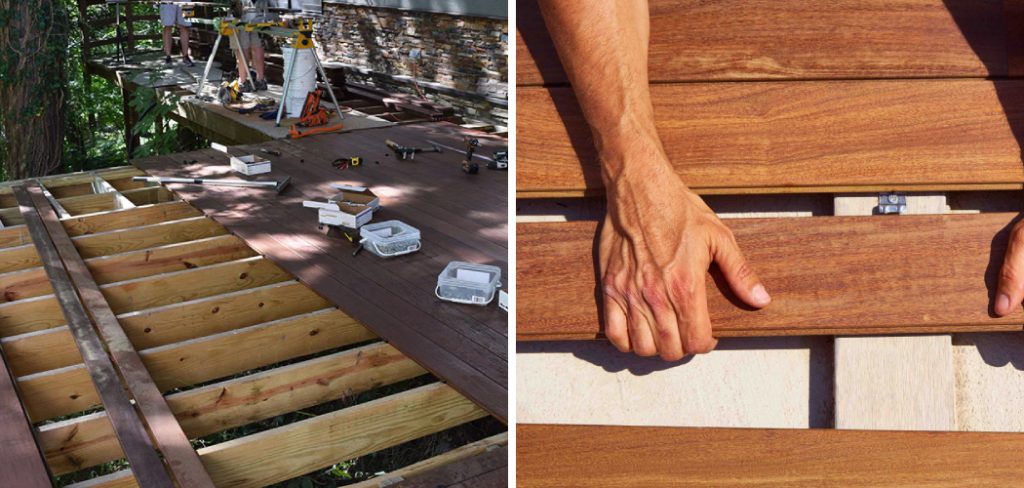
What is Ipe Decking?
Ipe decking refers to the use of Ipe wood, a dense and durable hardwood native to Central and South America, for constructing outdoor decks. This type of wood is renowned for its exceptional strength and natural resistance to weather, insects, and rot, making it a preferred choice for outdoor construction. Its rich, dark brown hues and smooth texture add an aesthetic elegance to any space. With proper maintenance, Ipe wood can last for decades, providing a reliable and beautiful surface for various outdoor activities. Additionally, its high density means it requires particular care in cutting and fastening, but the effort is well worth the impressive results.
Why Ipe is a Popular Choice for Outdoor Decks
Ipe decking has garnered popularity primarily due to its exceptional durability and natural beauty. This tropical hardwood is renowned for its resistance to weathering, insects, and rot, making it an ideal material for outdoor environments. With a lifespan of up to 75 years when properly maintained, Ipe offers an unmatched longevity that few other decking materials can compete with. Its rich, dark hue and fine-grained surface provide a luxurious appearance that enhances the aesthetics of any outdoor space.
Furthermore, Ipe’s dense properties make it less prone to splintering and scratching, offering a smooth and safe platform for barefoot enjoyment. Despite being heavier and harder to cut, its impressive strength and low-maintenance requirements make it a top choice for homeowners seeking an enduring and visually appealing decking solution.
10 Methods How to Install Ipe Decking
1. Choose the Right Fasteners
One of the most critical aspects of installing Ipe decking is selecting the right fasteners. Since Ipe is incredibly dense and durable, standard screws may not be adequate. Stainless steel screws are the best option, as they are corrosion-resistant and strong enough to penetrate the dense wood without breaking or rusting over time. Additionally, hidden fasteners, such as clips or grooves in the decking, are often used with Ipe to maintain a smooth, clean surface without visible screw heads. Hidden fasteners also help minimize the risk of water intrusion, which could lead to warping or rot.
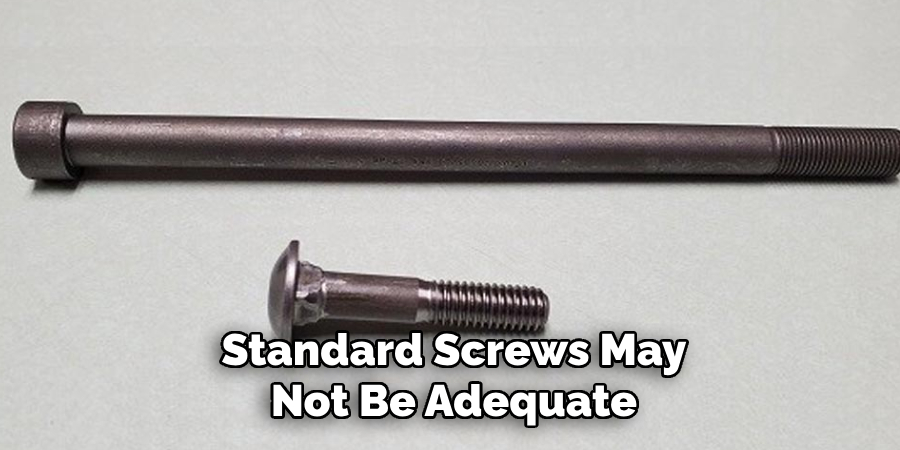
2. Pre-Drill Holes
Due to its extreme density and hardness, Ipe wood is prone to splitting if screws or nails are driven directly into the wood without pre-drilling. To avoid this, always pre-drill pilot holes before fastening the deck boards. Use high-quality drill bits made specifically for hardwoods. Pre-drilling not only prevents splitting but also ensures that the screws can be installed flush with the surface of the decking without breaking or damaging the fastener. For best results, use a countersink bit to create a small recess for the screw head, keeping the deck surface smooth.
3. Acclimate the Ipe Wood
Ipe decking should be acclimated to the local environment before installation to minimize expansion or contraction due to temperature and humidity changes. Allow the wood to sit in the location where it will be installed for at least 7 to 14 days. This gives the Ipe time to adjust to the surrounding climate and ensures it will remain stable after installation. Stack the boards with spacers between them to allow air circulation on all sides, which will help prevent warping or cupping.
4. Leave Proper Gaps for Expansion
When installing Ipe decking, it’s important to account for the natural expansion and contraction that occurs with temperature and humidity changes. Even though Ipe is less prone to movement than other woods, leaving a small gap between each board will ensure proper air circulation and prevent buckling. A gap of approximately 1/16 inch between the boards is typically recommended for most climates. In areas with high humidity or frequent rain, you may need to leave a slightly larger gap. Spacing is essential not only for the wood’s longevity but also for ensuring proper drainage.
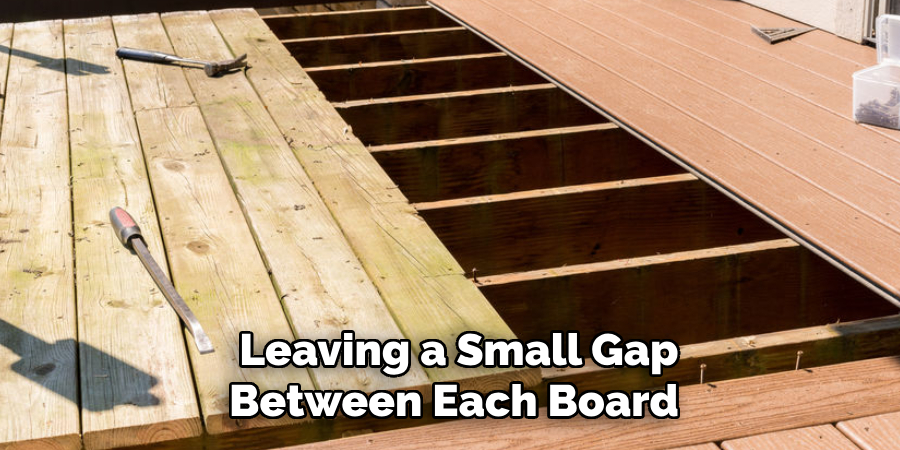
5. Use Proper Spacing for Joists
The joists, or the support structure underneath the decking, should be spaced correctly to provide adequate support for the Ipe decking. Because Ipe is dense and heavy, spacing the joists too far apart can result in sagging or bending over time. For residential decks, joists should generally be spaced no more than 16 inches apart. For heavier-use areas or commercial projects, reduce the spacing to 12 inches.
6. Seal the End Cuts
To prevent cracking and moisture intrusion at the ends of the Ipe boards, it’s important to seal all cut ends immediately after cutting. Use a high-quality end grain sealer, which is specifically designed for hardwoods like Ipe. Sealing the end cuts reduces the likelihood of checking (splitting or cracking at the ends) and helps the wood maintain its structural integrity. This step is particularly crucial in outdoor installations, where the ends of the boards are more exposed to the elements. Applying sealer is a quick process but greatly extends the life of the decking.
7. Apply an Initial Oil Finish
While Ipe is naturally resistant to rot and insect damage, applying an oil finish to the surface of the decking can enhance its longevity and preserve its natural beauty. A penetrating oil finish specifically designed for hardwoods will help protect the wood from UV damage, water stains, and mildew. Applying the oil after installation brings out the rich brown tones of the Ipe and prevents it from turning gray due to sun exposure. Regular maintenance with oil finish every year or two is recommended to keep the deck looking its best.
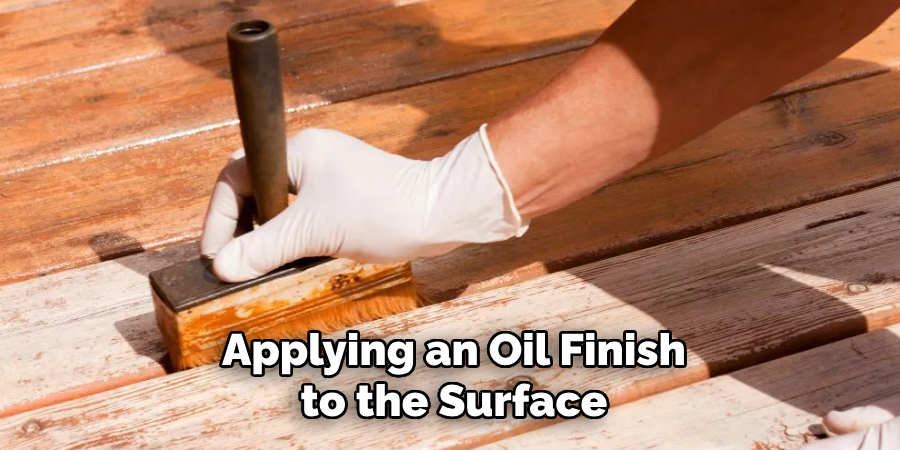
8. Use a Proper Ventilation System
Adequate ventilation beneath your Ipe deck is crucial for preventing moisture buildup and ensuring long-term durability. When installing your decking, make sure there is at least 18 inches of clearance between the ground and the deck surface to allow for proper airflow. This ventilation helps the wood dry out after rain and prevents moisture from being trapped beneath the deck, which can lead to mold, rot, or cupping. If the deck is installed directly over a concrete slab, ensure there is a vapor barrier in place to prevent moisture from migrating upward into the wood.
9. Install the Boards with a Slight Slope
To ensure proper water drainage, it’s important to install Ipe decking with a slight slope, directing water away from the house or any other structures. A slope of about 1/8 inch per foot is recommended to encourage water to run off the surface rather than pooling on the boards. Standing water can cause staining, mildew growth, or even warping over time. The slope is subtle enough not to affect the appearance of the deck but is essential for long-term performance and minimizing maintenance.
10. Regular Maintenance and Cleaning
Although Ipe is a low-maintenance material, regular care and cleaning are essential for keeping the decking in top condition. Sweep the deck regularly to remove leaves, dirt, and debris, which can trap moisture and cause mold or mildew to develop. Clean the deck periodically using a gentle, non-abrasive cleaner designed for hardwoods, followed by rinsing with water. Avoid using harsh chemicals or pressure washers, as these can damage the surface of the Ipe. For best results, reapply a coat of hardwood oil every year to maintain the wood’s rich color and protect it from UV exposure and moisture damage.
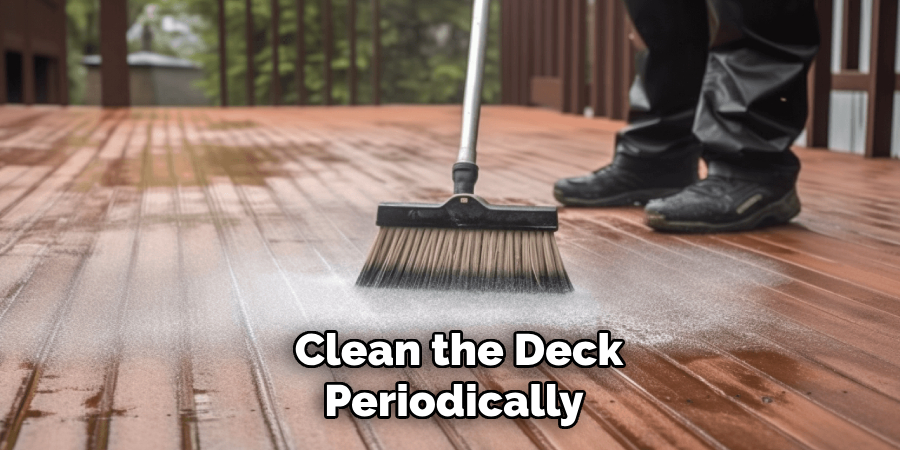
Things to Consider When Choosing Fasteners for Ipe Decking
Selecting the right fasteners for your Ipe decking is crucial to ensure the longevity and appearance of your deck. Consider the following factors:
1. Corrosion Resistance: Ipe’s dense nature and exposure to outdoor elements require fasteners that are highly resistant to corrosion. Stainless steel fasteners are often recommended because they provide the durability and rust resistance needed for a long-lasting installation.
2. Fastener Type: Hidden fasteners can provide a cleaner look by eliminating visible screws on the deck surface. However, traditional face screws can offer greater holding power and are easier to replace if boards need removal for maintenance. Evaluate your aesthetic preferences and functional needs when deciding between these fastener types.
3. Coatings and Finishes: If using face screws, consider fasteners with suitable coatings or finishes to match the color of your Ipe decking, reducing their visual impact. This enhances the appearance of your deck by allowing the natural beauty of the wood to be the focal point.
Common Mistakes to Avoid
When installing an Ipe deck, it is crucial to avoid certain common mistakes to ensure the longevity and performance of your installation:
1. Neglecting Proper Acclimation
Failing to let your Ipe boards acclimate to the local environment before installation can lead to undesirable expansion or contraction after the deck is complete. Allow the wood to adjust to local humidity and temperature levels for at least one to two weeks prior to installation.
2. Improper Fastener Installation
Using the wrong fasteners or improperly installing them can lead to deck instability and aesthetic issues. Always opt for stainless steel fasteners for their corrosion resistance and ensure they are installed at the correct angle and depth to hold the boards securely in place.
3. Insufficient Ventilation
Lack of adequate airflow under the deck can cause moisture buildup, leading to mold and rot. Ensure there is enough clearance and a vapor barrier when necessary to allow for proper ventilation beneath the deck.
4. Ignoring Maintenance Requirements
Even though Ipe is a low-maintenance material, neglecting regular cleaning and oiling can cause the deck to lose its aesthetic appeal and durability. Plan for routine upkeep, including sweeping, cleaning, and oiling the decking every year or two.
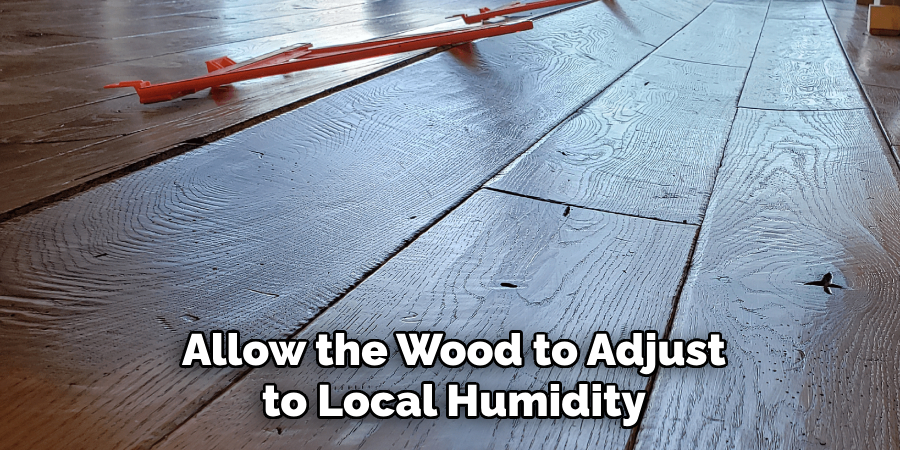
Conclusion
Installing Ipe decking can result in a stunning, durable outdoor space that withstands the test of time when done correctly. By following careful preparation and installation steps, including proper acclimation, spacing, and maintenance, you ensure the long-term beauty and functionality of your deck. Incorporating best practices like sealing end cuts, applying an oil finish, and ensuring adequate ventilation further protects your investment. Thanks for reading, and we hope this has given you some inspiration on how to install ipe decking!
